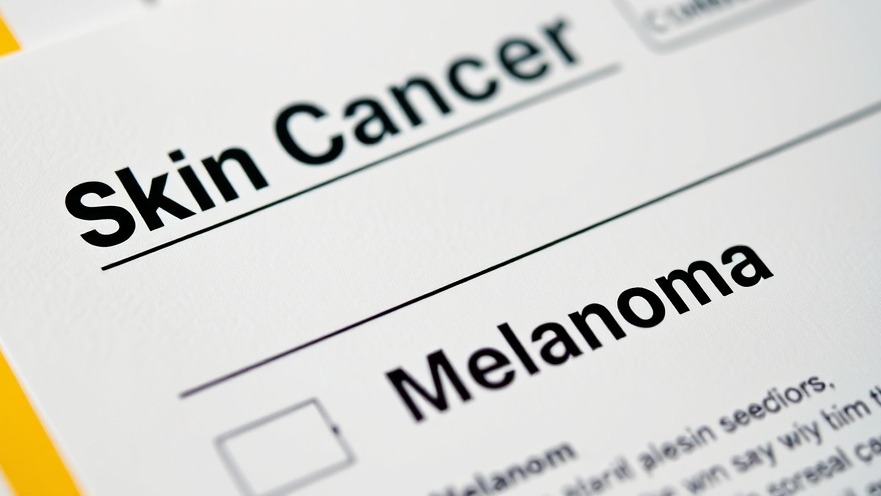
The Breakthrough in Skin Cancer Screening
In recent years, the landscape of skin cancer screening has witnessed a revolutionary shift with the introduction of 3D imaging technology. This cutting-edge method provides deeper insights into skin lesions, making early detection of skin cancer significantly more effective. For parents, understanding this technology is crucial, as skin cancer has become a widespread health concern, especially with rising UV exposure and the popularity of tanning.
Why 3D Imaging Matters
3D imaging technology allows dermatologists not just to see the skin’s surface, but to analyze its three-dimensional structure. According to recent studies, this technology can improve diagnostic accuracy, enabling dermatologists to differentiate between benign moles and malignant lesions more effectively. The depth of information collected can lead to earlier interventions, which are often critical in combating skin cancer.
Historical Context: Evolution of Skin Cancer Screening
Historically, skin cancer screening relied heavily on 2D images and visual inspections. Many parents may recall visits to the dermatologist involving quick examinations. However, as skin cancer incidence rates climb, the methods have evolved. Previous techniques often led to misdiagnosis—benign moles being mistaken for cancerous ones and vice versa. The integration of 3D imaging represents an important step forward in patient safety and treatment efficacy.
A New Perspective on Healthy Skin
Understanding how to maintain healthy skin is important for all, especially parents who wish to model good habits for their children. A balanced diet rich in nutrients can significantly improve skin health. Foods high in antioxidants and healthy fats promote vibrant skin and may aid in skin repair. Incorporating healthy skin foods, such as spinach, fish, and avocados, can help bolster the skin's natural defenses against UV damage.
The Role of Collagen in Skin Health
Collagen is often discussed in the context of skincare, but what role does it play in overall skin health? Collagen-rich foods, like bone broth and berries, not only aid in maintaining skin elasticity but also assist in repairing sun damage. Parents are encouraged to ask dermatologists about how to improve collagen levels in their skin, and whether supplements or dietary changes can assist in this effort. Understanding how collagen can be absorbed through the skin is a topic worth exploring as well.
Future Predictions: The Next Steps for 3D Imaging
Looking ahead, it's likely that 3D imaging will become the standard in dermatology practices worldwide. As technology improves, it may even become more accessible to home users via advanced devices. Parents should stay informed about these advancements, as they can play a vital role in their family’s wellbeing by advocating for regular skin screenings using the latest technologies.
Empowering Yourself with Knowledge
Knowledge is power, especially when it comes to health. Parents should not hesitate to ask their dermatologists questions about new technologies and methods for skin screening. Questions to ask might include: 'How does 3D imaging work?' and 'What are the benefits of using this technology for my child's regular skin check?' It's crucial for parents to advocate for their family's skin health.
Conclusion: Embracing Healthy Skin Practices
In conclusion, embracing advancements in skin cancer screening can drastically change outcomes for families. Incorporating healthy practices, from monitoring skin changes to maintaining a diet rich in healthy skin foods and collagen, can enhance overall skin health. Parents are urged to adopt proactive approaches, ensuring that they and their children are protected against skin cancer. By staying informed and asking the right questions, families can navigate the complexities of skin health together.
 Add Row
Add Row  Add
Add 




 Add Row
Add Row  Add
Add 

Write A Comment